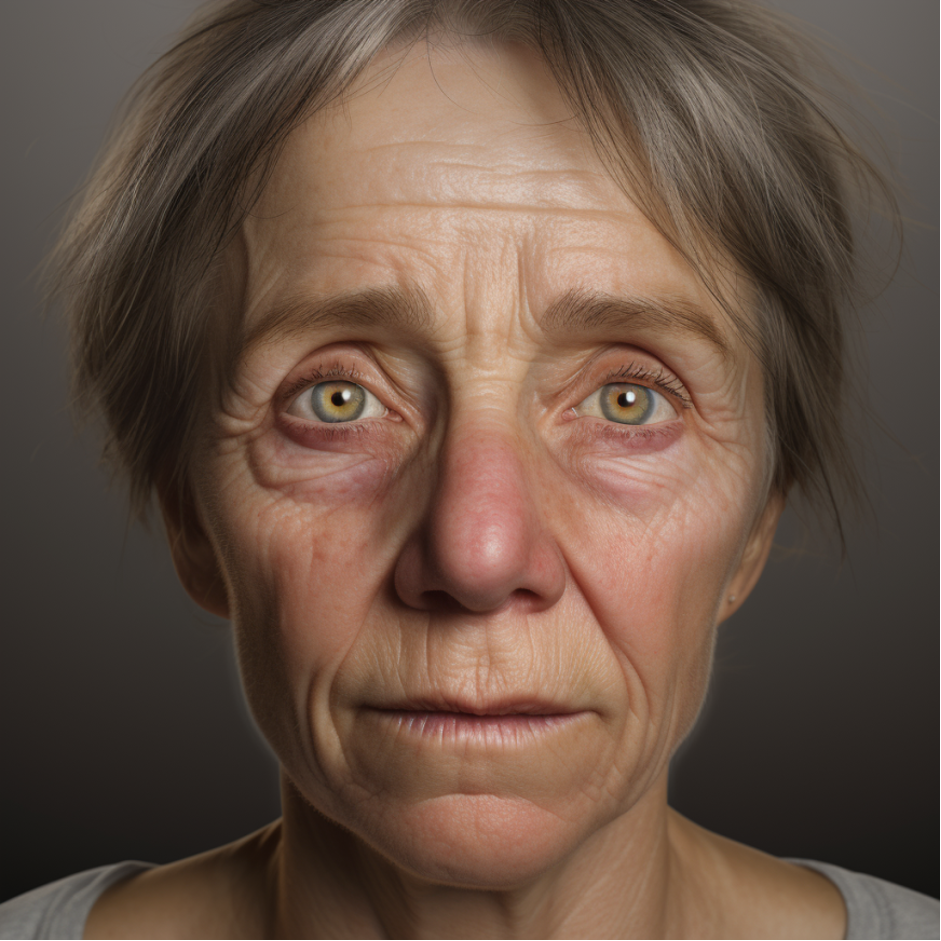What Are the Final Symptoms of End-Stage Liver Disease?

We thought you might like these, too:
- What Causes Liver Disease? (Liver Problems, Their Causes, and Symptoms)
- Liver Diseases: What You Should Know
- Which Condition Is Often a Result of Alcohol Addiction? (Find Out Here!)
- What Causes Low Blood Sugar Without Diabetes?
- Alcohol-related liver disease on the rise amid increased pandemic drinking
End-stage liver disease (ESLD) is the terminal phase of chronic liver disease and is a significant health concern. It is the fifth leading cause of death among people aged 45-64 and affects approximately 5.5 million people in the United States. This article aims to provide an in-depth understanding of ESLD, covering its symptoms, causes, complications, and available treatments.
What Is End-Stage Liver Disease?
End-stage liver disease is the final stage of liver failure, characterized by the death of many liver cells and irreversible damage to the liver’s structure. It is a terminal condition that leads to death if not managed appropriately. The term is often used to describe advanced cirrhosis, Stage 4 hepatitis, and chronic liver failure.
Symptoms
People with ESLD experience a range of distressing symptoms, particularly in the last months of life. These symptoms include:
- Fatigue and Weakness: Extreme tiredness and lack of energy.
- Itching: Also known as pruritus, it can be widespread or localized.
- Swelling: Fluid retention leads to peripheral edema, particularly in the legs and feet.
- Shortness of Breath: Also known as dyspnea, caused by fluid buildup and changes in blood flow.
- Jaundice: Yellowish discoloration of the skin and eyes due to bilirubin buildup.
- Neurological Issues: Memory loss, disorientation, and trouble concentrating.
- Nausea and Loss of Appetite: Leading to malnutrition.
- Easy Bleeding and Bruising: Due to impaired blood clotting.
- Sleep Disturbances: Insomnia and daytime sleepiness are common.
Meet Sarah
Sarah is a 52-year-old woman who started experiencing fatigue and itching about six months ago. She initially brushed it off, thinking it was due to her busy lifestyle. However, as the symptoms persisted, she decided to consult a doctor and was diagnosed with ESLD. Sarah’s story is a wake-up call for all of us to take liver health seriously.
Complications
ESLD can lead to several complications, including:
- Ascites: Fluid buildup in the abdomen.
- Hepatic Encephalopathy: Brain damage due to toxin buildup.
- Kidney Failure: Occurs in about one in ten people hospitalized with liver failure.
- Varices: Dilated veins in the esophagus that can rupture and bleed.
- Infections: Such as pneumonia or peritonitis.
Sarah’s Struggles…

Sarah faced complications like ascites, a painful buildup of fluid in the abdomen. She had to undergo a procedure to drain the fluid, which provided temporary relief but was emotionally taxing.
Quick Poll
Causes
The primary causes of ESLD include:
- Alcoholic Liver Disease: Caused by excessive alcohol intake.
- Viral Hepatitis: Particularly hepatitis B and C.
- Non-Alcoholic Fatty Liver Disease (NAFLD): Associated with obesity and diabetes.
- Bile Duct Disorders: Such as primary biliary cirrhosis.
- Autoimmune Hepatitis: Where the immune system attacks the liver.
Treatment Options
Treatment for ESLD focuses on symptom management and may include:
- Beta Blockers: To prevent bleeding from varices.
- Diuretics: To manage ascites.
- Pain Management: Careful use of medications like acetaminophen.
- The only definitive treatment for reversing ESLD is a liver transplant, but the long waiting lists make this option inaccessible for many.
Sarah’s Treatment Journey
Sarah was put on a regimen of beta blockers and diuretics to manage her symptoms. She was also placed on a liver transplant list, hoping for a miracle.
Palliative Care
Palliative care focuses on symptom relief and improving the quality of life. It is recommended for all ESLD patients and should ideally begin before the onset of late-stage complications.
Sarah started receiving palliative care to manage her symptoms better. It helped her family understand the condition and made her remaining days more comfortable.
FAQs
- Does End-Stage Liver Disease Mean Death?
It is a terminal condition, but liver transplants can offer a chance at extended life.
- How Do I Slow Down Liver Failure?
Treatment focuses on symptom management and addressing the underlying cause.
- What Are the Signs of Death for End-Stage Liver Disease?
Symptoms worsen significantly, and complications like hepatic encephalopathy may occur.
Conclusion
End-stage liver disease is a severe, life-threatening condition with various symptoms and complications. Early diagnosis and appropriate management are crucial for improving the quality of life and survival rates. A liver transplant remains the only definitive treatment, but palliative care can offer significant relief from symptoms.
SO, WHAT ARE YOUR THOUGHTS? HAVE YOU OR SOMEONE YOU KNOW EXPERIENCED SYMPTOMS SIMILAR TO SARAH’S? SHARE YOUR STORIES, AND LET’S CREATE A SUPPORTIVE COMMUNITY TOGETHER.





